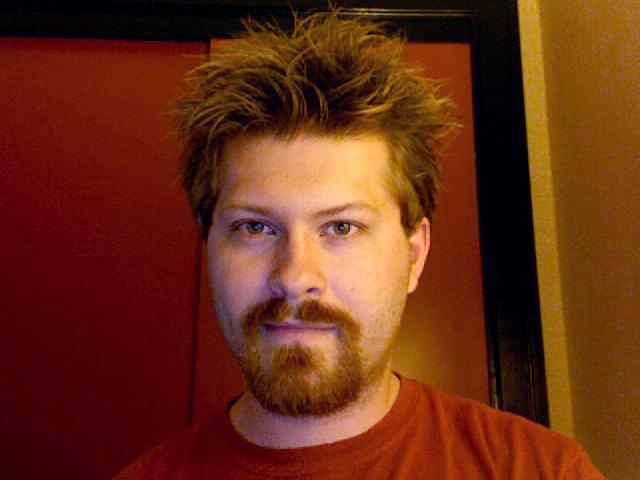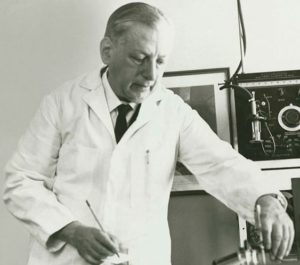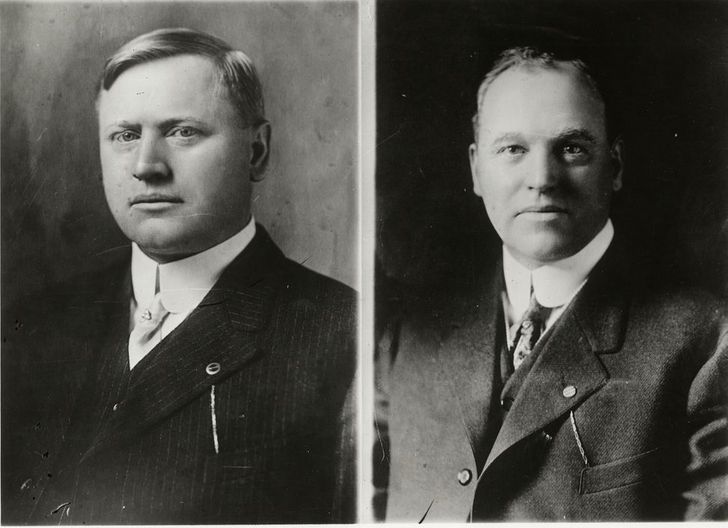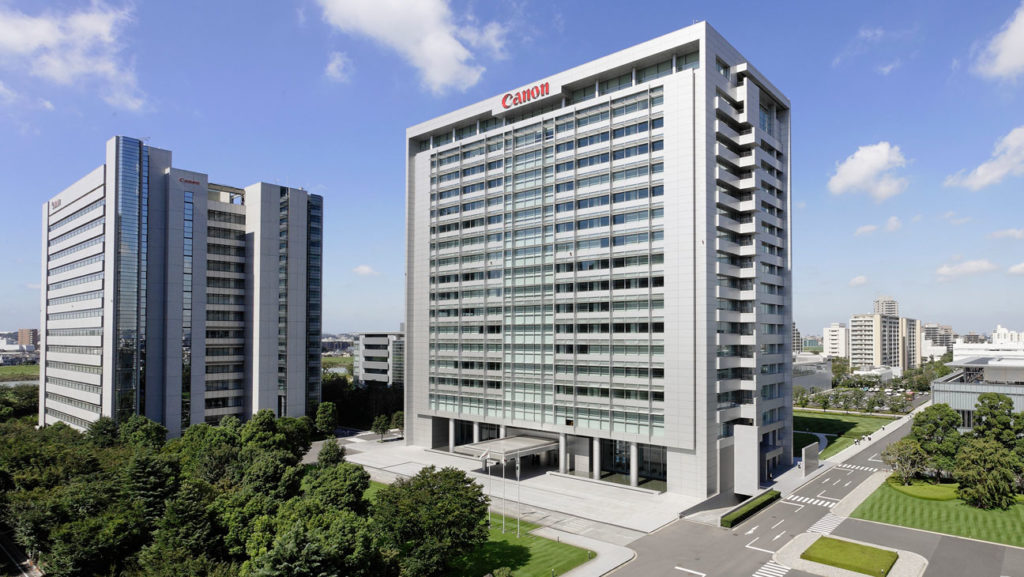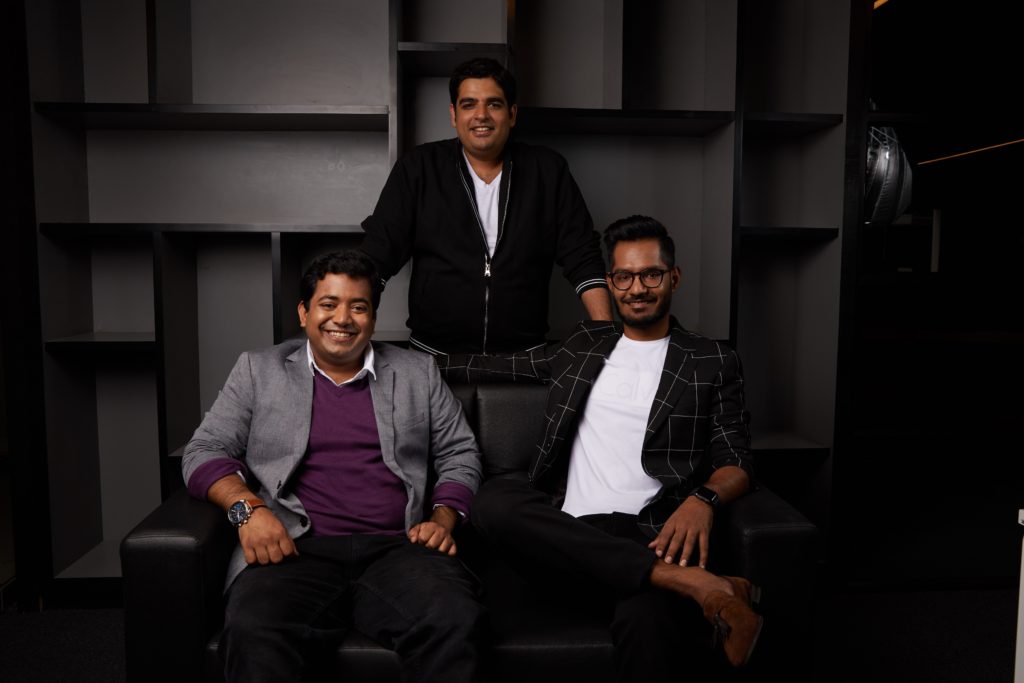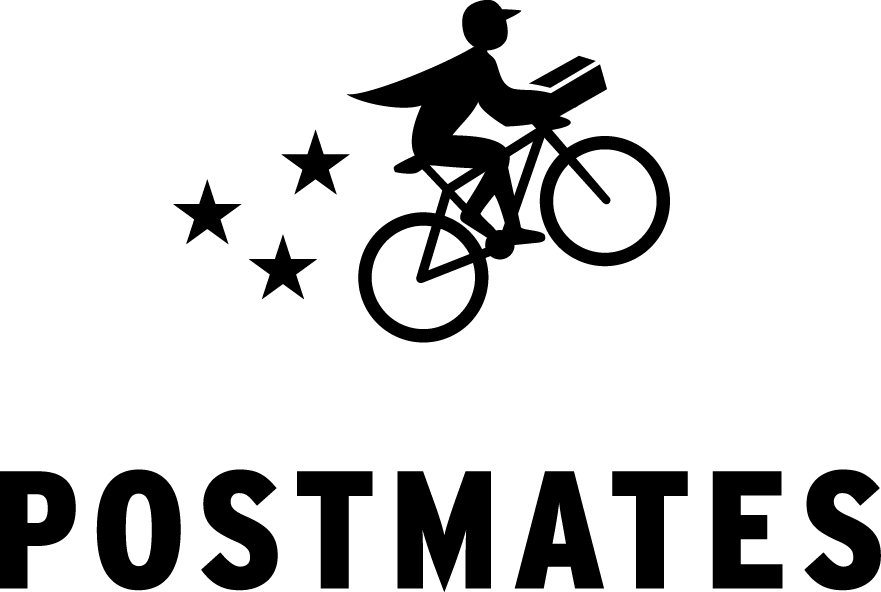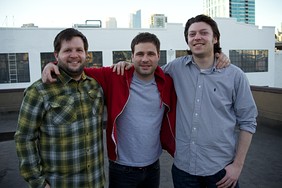Ethan Nicholas : From A Software Engineer to an Overnight Successful Game Developer
In the programming world, which is already brimming with the tech experts and finest coders, only a few have achieved overnight success. Experience plays a vital role in the journey of a long-term accomplishment, but who knows when one can turn out to be a millionaire while just planning to earn some extra cash. Ethan Nicholas, a senior software engineer currently working at Google, developed a game with the sole purpose of earning some extra cash. But iShoot, the game he developed, turned out to be the biggest achievement of his life and brought him profit he never dreamt of.
Early Life
Nicholas started programming from the tender age of 8 and became a professional coder at the age of 16. He went to North Carolina State University and graduated in 1998. In June 1998, he joined GeoCities as a software engineer, but he shifted to Yahoo! only after a year and worked there as a lead developer. In July 2006, he joined Sun Microsystems and worked as a primary developer on the Java Kernel Project. And, while working for this company the idea of developing a game strike his mind, and he started learning objective C. Nicholas had to learn objective C so that he could start developing the game.
Development of iShoot

While he was working as a staff engineer in Sun Microsystems, he spent eight hours every day to develop iShoot. Since he didn’t know objective C and also didn’t have enough cash to afford the documentation he needed to learn it; he mastered it from various internet sources within six weeks followed by writing the code. Programming from an early age of 8, he was able to ace a whole different language very quickly.
Ethan Nicholas, in one of his interviews, mentioned that he was inspired by Steve Demeter, developer of Trism, a game that brought him overnight glory and became a connoisseur in the world of game development. In 19th October 2008, Nicholas launched iShoot, an artillery combat game which was available in Apple’s iPhone app store. The launch of iShoot changed his life dramatically by earning $37,000 in a single day.
He was still working at Sun Microsystems and decided to leave his job to work on the next version of the game. In January 2009, Nicholas left his job and founded the gaming software company, Naughty Bits, under which he launched the second version of the game. By then, he totally made up his mind to devote all his time to iPhone software development.
The Success of iShoot
Though many game and application developers release their apps on the Apple Store, the success of Ethan Nicholas was quite appreciable and unpredictable. Initially, when the app was launched in October the number of users was less than expected and to attract more of them, Nicholas created both paid and free (iShoot Lite) versions of the game. This hiked the selling of the app, and the game became ranked number 1 on the App Store, within a few months of its release.
The game also acquired the top spot on the Top Paid Apps list, witnessing minimum 10,000 downloads per day. The free app was downloaded around 2.4 million times and over 300,000 users bought the paid app. Revenue of $21,000 was confirmed for 10,000 downloads per day, which were partially the driving force for creating the second version of it. By early 2009, Nicholas had already bagged $800,000, which is a more than a decent amount.
He was pretty surprised about the success, the 6-weeks hard work brought to him. So, for the next version, he was ready to blow the minds of the users with better graphics and game strategies exposing more of his programming skills.
Apart From Being a Game Developer
While Nicholas focused on expanding Naughty Bits, he was also involved with other business tycoons to expand his influence on other fields.
In January 2010, he cofounded echoBase and served as the lead server engineer for four years. He developed software that was useful to the medical professionals to track patient’s data. He served as a software engineer at Oracle for eight months.
At present, apart from working at Google, he is developing a swift compiler in Apportable.

Annasha Dey is an NIT student, who apart from studying engineering is also a content writer. She has a great interest in photography, writing, reading novels, and travelling as well. She is a foodie who loves socializing and hanging out with her friends. She is also a trained Kathak dancer and a big fashion enthusiast. Dey also loves watching TV series, which includes F.R.I.E.N.D.S. and Big Bang Theory. To be a better writer she prefers to read more
